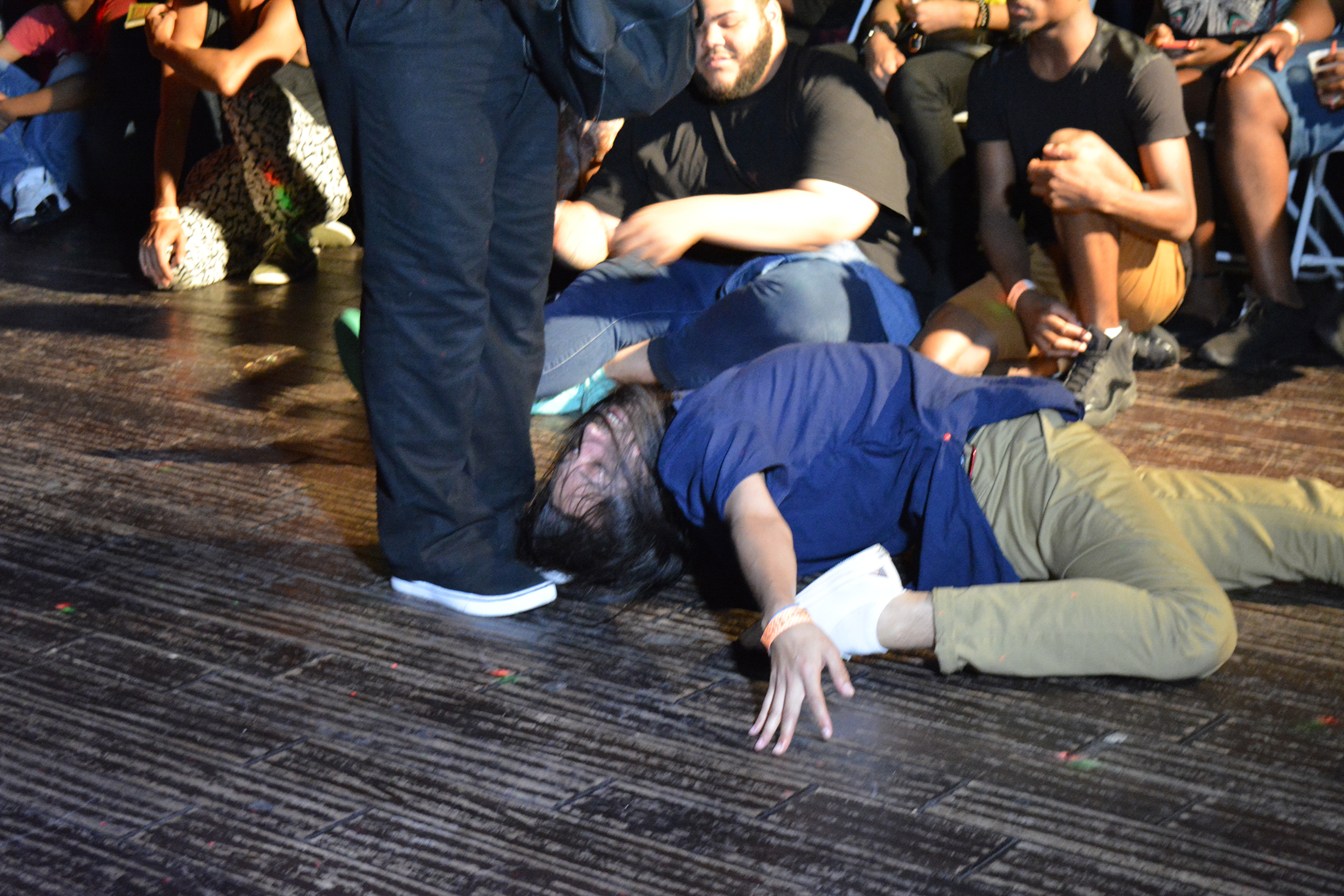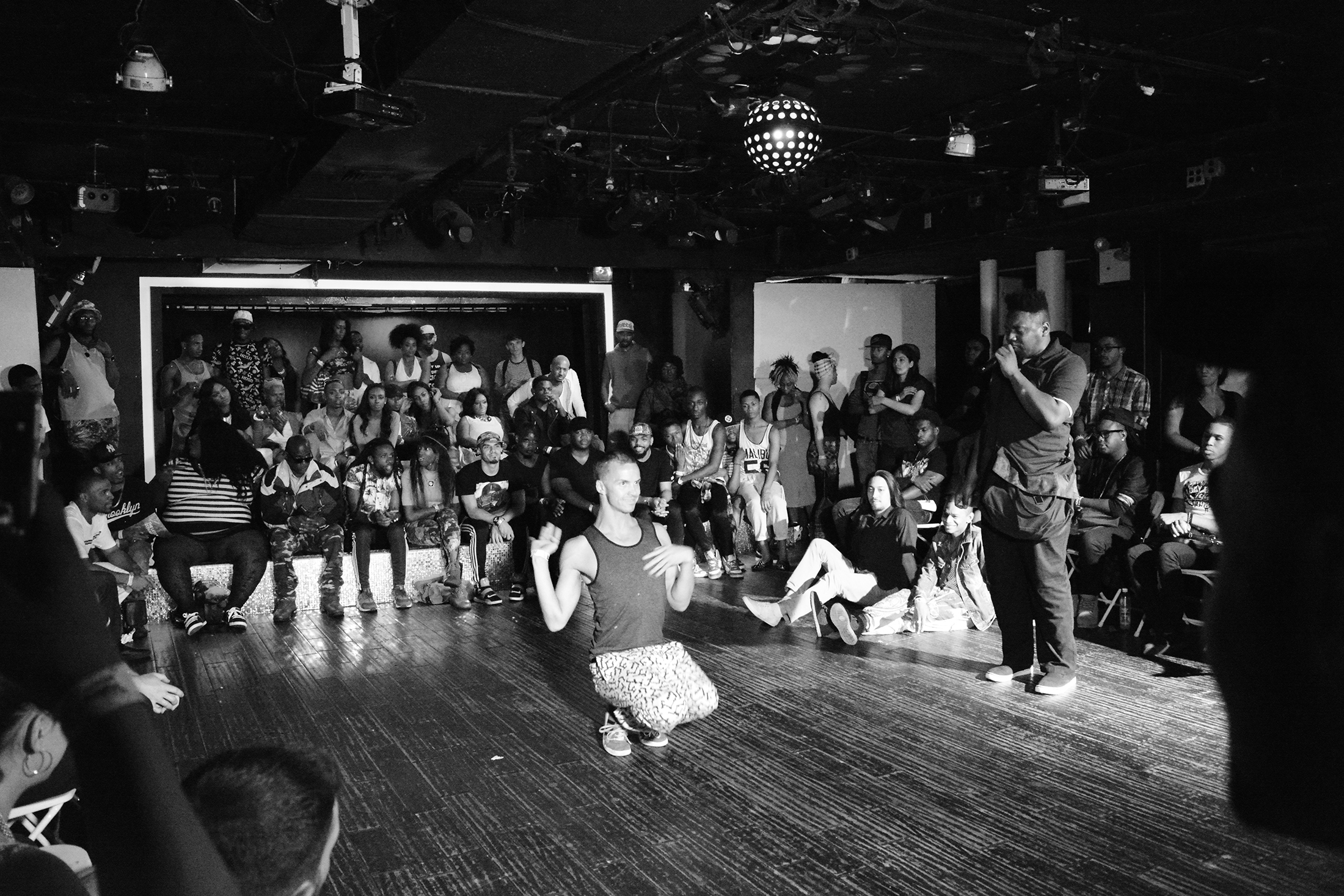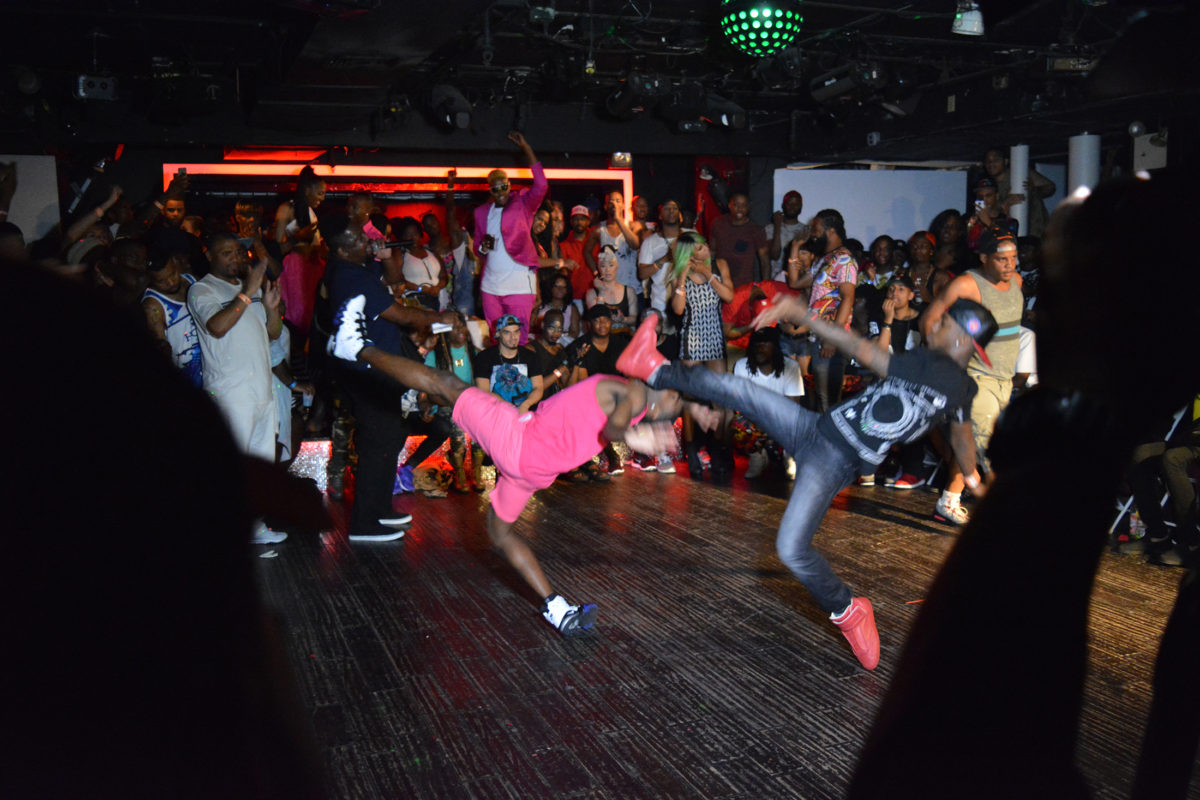A Butterfly in a Jar: Where the twirlers lie…
Christopher Bráz
All images courtesy of the writer
“Now pose for me and pose for me now stop…pussy, pussy, pussy, pussy, pussy—you see this pussy? You want this pussy? Please, you can’t afford this pussy.” Vogue—in terms of the pose, the banter, and the walk; all work together to project the cunty realness in feminist exaggerated freedoms. Cunty realness and its definitions lie at two extremes.
One extreme being the grace of Glenda the good witch, and the other channels the fierce clarity of Snow White’s Stepmother, The Evil Queen. We are at this intersection of what it really means — the life, the fantasy, what you can buy vs. what you can portray. This shit is real okay: “mind you,” we vogue to survive. What happens to a butterfly if you trap it in a jar? [she dies] But release her and she will develop. Voguing is more then the appropriation of queer culture by mainstream white pop artists. It is a way to release your aggravation. Voguing makes you focus your frustration and can help you to feel empowered.
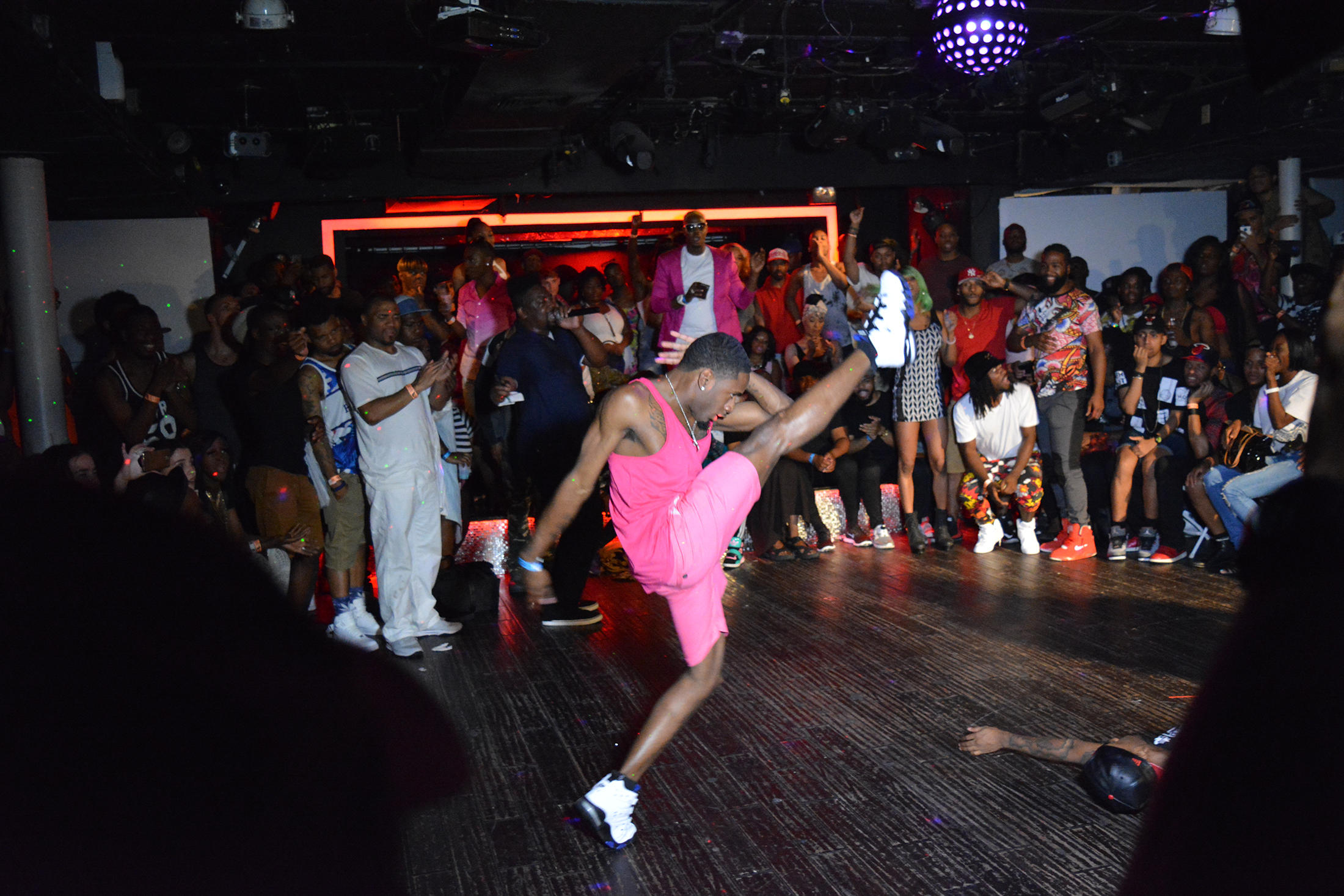
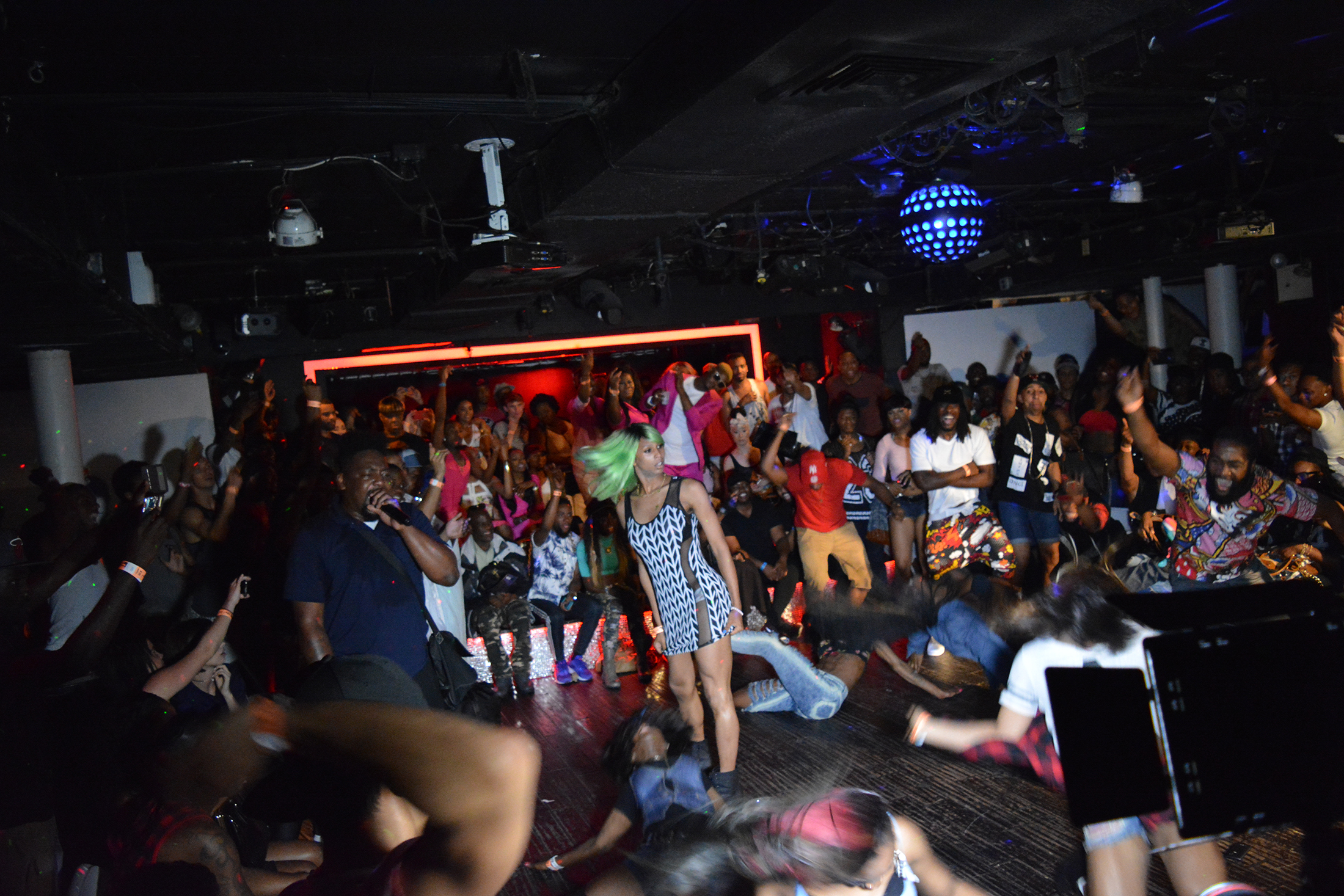
The experience voguing creates is different for everyone. For some the glamor and validation you get from voguing is enough, but for others the pathos runs deep. When you are called to vogue by the force of the music or ‘whatever have you’ my dear, it is like no other feeling you have ever felt. In the mist of voguing it is like you are talking to God and he/she or it is telling you work my queer child of the night — it is okay for you to exist. I think so many are in search of this divine right to exist, because you want the world to hear you. However, is it better to be seen then heard?
To be honest a bitch can talk all day, but will you listen? But if you see me, if you really see me then fuck a trance state of mind. No I want you to be present in all of your consciousness to witness my true form: now that is vogue! The ridiculous endurance it takes to be queer matches the endurance and utter indulgence in queer dance. Vogue battles are not at 7:30pm Fridays and Saturdays on stage like concert dance. “Child,” a true vogue performance lives and breathes at 3am. The average audience only gets a glimpse of vogue dancing every now and then. That glimpse serves as a weave of vanity into a mirror of self-reflection. There is no such thing as losing yourself because you only have yourself to gain. Has that not been the struggle all along? The modern second-class citizen and subculture of a capitalist market, it is not our turn to gain and gain again? If I was not drunk writing this I would not be telling you the whole truth but here it is! We are your children, stop portraying queer culture/dance like it is a wild animal at the zoo, because one day we are going to bite your ass back. [The point in which I passed out — after attending a mini-ball.]
Where have the twirlers gone? Voguing came from the streets and the best shit happens there. When I was younger in Detroit, I remember everything I knew about voguing and all things queer I learned at Palmer Park. I learned how to flirt, I met my first summer love, and I watched fierce voguing. My encounters at Palmer Park are 10 years old, the last time I went was about 4 years ago and it felt completely different. Palmer Park was still queer, but infected with the onset plague of drill team ultra-assimilation called “J-setting”; a dance form the children have created and I care not to promote. I was baffled, because the naturally occurring homosexual vogue artist at its finest, lives in the shade of the night at a dimly lit Palmer Park. Maybe I went on a bad night but the memories of street battles remain. One of my oldest memories is actually from my mother. She always talks about Detroit’s Boston Bar in the 1970s. Boston Bar was famous for the flawless drag queens and a little police brutality as well. I always loved how drag queens were such great spokemodels within the queer community. Drag Queens make you laugh, dream and they facilitate a quality standard of queer performance. I have been exploring what I like to call vogue expressionism. For me vogue expressionism is an intersection of where voguing meets drag and performance art. Vogue expressionism lives throughout the entire show. It is the attitude, the movement sequencing and the embodied force of the queer male individual. Currently I am working with Drag Performance Artist Violet Elixir (James Gardella) in his piece Glitter Fabulous for the HOT Festival’s Annual Celebration of Queer Culture at Dixon Place on the Lower East Side in New York City. I have noticed the media’s fixation on both voguing and men in drag — not to take away from the movement of female drag queens performing amazing work; however there is something utterly fascinating about the performance art of drag and its facilitation of vogue. If vogue is to survive beyond the street lights of city parks and dark corridors then let it be protected and further evolved. We must keep pushing ourselves because it is up to us to set the standard of quality for queer performance.
